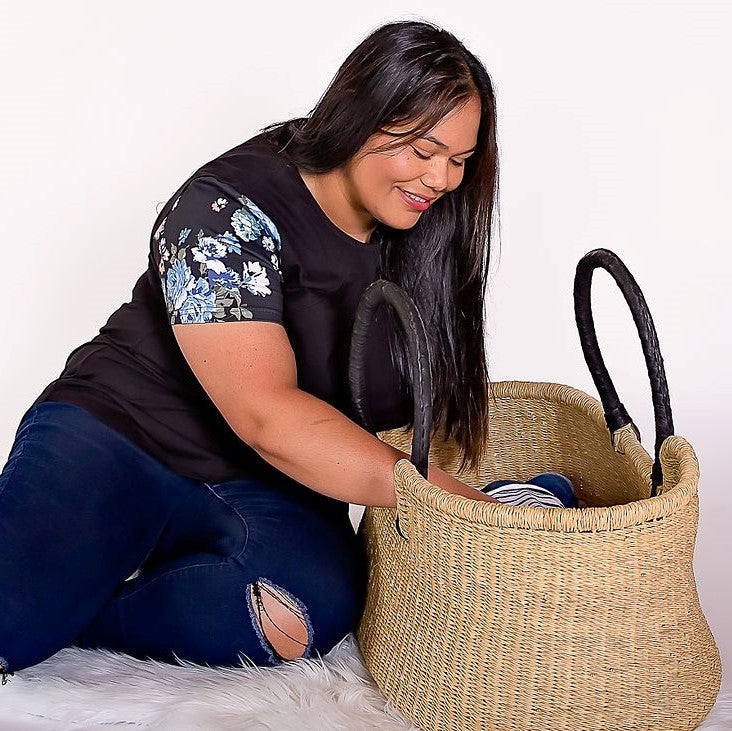Catnaps, inconsistent day sleeps and the vicious cycle that is 20-30min sleep, wake, feed, play, repeat. Argh! So incredibly frustrating but also super common right up to 6 months of age; but why?
Let's break it down and really deep dive into the world of catnaps:
What is a catnap?
Firstly, it's important to understand sleep cycles. Your baby's sleep cycles are around 40-45 minutes long and as they get older these sleep cycles lengthen to 90 minutes (same as ours as adults). Overnight their sleep cycles are 2-4 hourly. A catnap is a short day sleep which is less than a full 45min sleep cycle. Catnaps are usually when your little one wakes after the deepest part of their sleep cycle which ends around 30minutes into their nap.
Why is my baby catnapping when they used to sleep longer periods?
In the early newborn days your little one still had residual melatonin from you which made them super sleepy. Around 8 weeks old they start to produce their own melatonin and this can see a change in their wakefulness and see them more alert, particularly between sleep cycles. As a newborn your baby still woke between sleep cycles but it was very subtle; a smirk, a hand movement or nuzzle back into you. Babies don't usually start to wake more fully between sleep cycles (eyes open, crying out or jerky arm movements) until between 3-5 months of age which usually coincides with the 4 month developmental progression.
What happens around the 4 month age?
By 4 months old your little one's sleep cycles have matured. This results in them waking more fully at the end of their 45 minute sleep cycle as is a normal part of their physiological development. It's a protective tool to ensure they are still safe, and often if something has changed in their sleep environment e.g. they are no longer being rocked in your arms, they will look for this support to go back to sleep.
When is catnapping an issue?
It's only an problem if it's a problem for your family! Some babies catnap and it doesn't affect their night sleep at all and shorter day sleeps work for the family. If this sounds like you and it's not an issue then great, keep dong what you are doing!
If you are assisting your little one to sleep by contact napping, feeding to sleep or rocking in arms and then transferring them into their bassinet/cot once asleep, when they wake between sleep cycles they will look for this association to go back to sleep. If those sleep aids aren't there anymore when they stir after a sleep cycle they will need support from you to resettle back to sleep by feeding, patting, rocking in arms and the like. This could mean your little love needs your support every 40min (or so) during the day or every 2-4 hours overnight.
Short day sleeps can also impact your little one's sleep pressure and snowball by the end of the day which can result in false starts after bedtime, numerous night wakes and early day starts. It becomes a bit of a cycle!

So how can we change the catnapping cycle?
Let's break this down into 3 important aspects;
(1) Get on top of over-tiredness. Before you work on lengthening and linking sleep cycles we need to make sure your little one isn't chronically overtired. Offer assisted naps (in the car/pram or contact naps) for 3-4 days to ensure their sleep needs are met so you aren't fighting an overtired baby who is full of stress hormones. Offer their naps at an ideal time of the day during their biological sleep windows. Check out the Little Dreamers routine ebooks for guidance around age appropriate feed and sleep routines.
(2) Support your baby to lengthen their sleep cycles (sleep the full 45min cycle) and consolidate their naps by using a responsive settling method. By introducing a method and supporting them to learn how to resettle themselves when they stir between sleep cycles will mean they won't rely on you to do this for them.
(3) Keep consistent! It won't happen overnight - as with any new skill it takes practise, patience and consistency to see a change. Choose an appropriate settling method and support the resettle as you need to. Having a contingency plan will also help you navigate the rest of the day or those early starts to you can get back on track and into your normal routine. Check out the Sleep, Settling and Responsive Parenting guide for support around introducing a settling method and resettling your little one.
If you are struggling with catnapping and you are ready to make a change I'm here for you! Book a discovery call and let's chat about your little one's sleep and which service will suit your family needs best.
Amy Wallace - Little Dreamers Sleep Consultant

